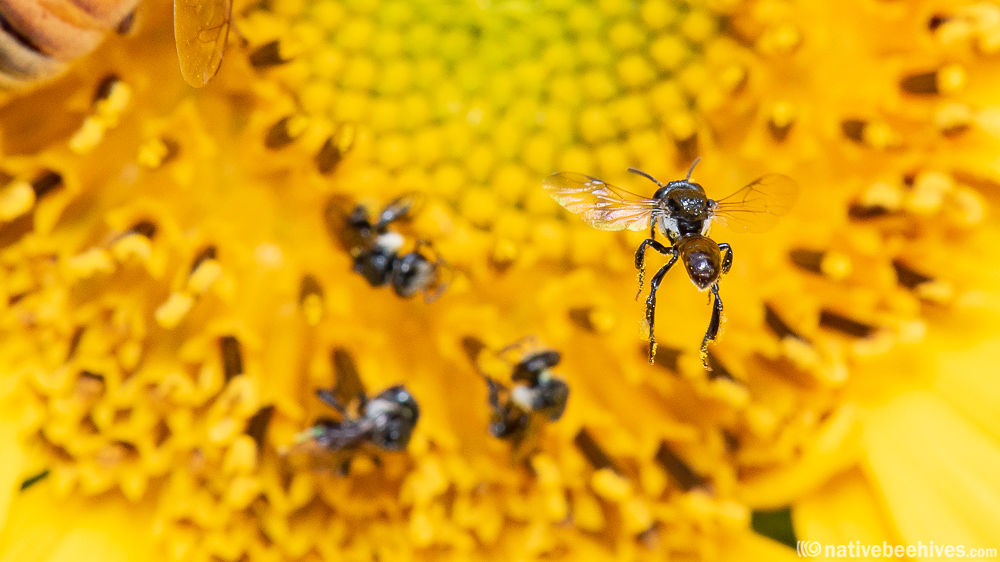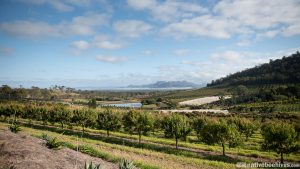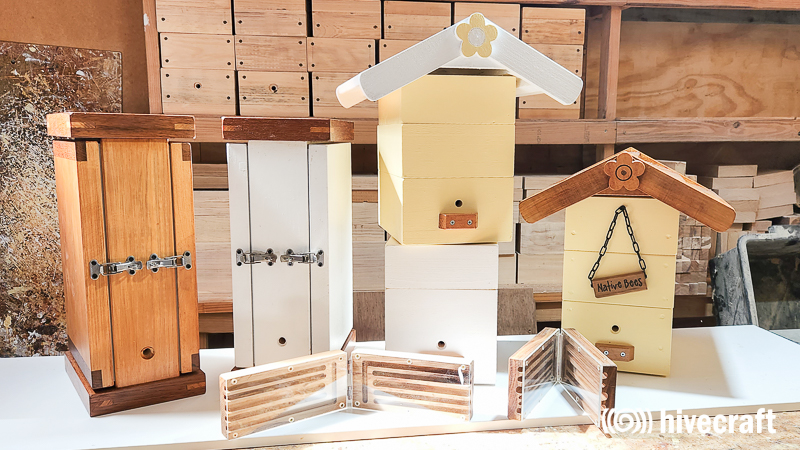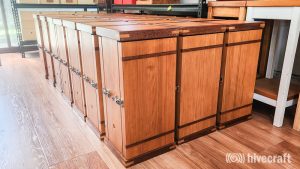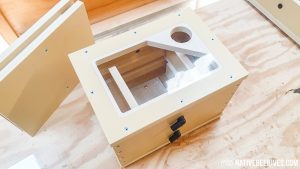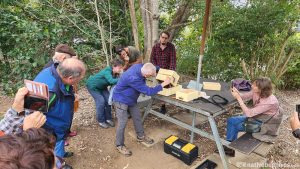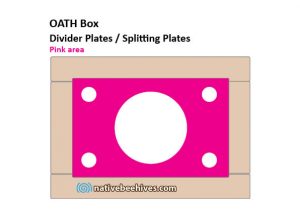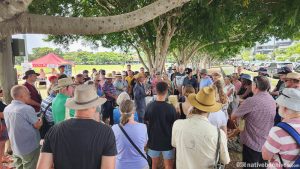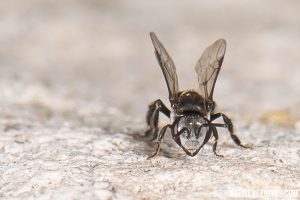So how’s the stingless bee industry going in Australia?
Mirroring the tough times the bees have had the last couple of years, business has taken a big hit as well. With lots of rain and a very long cold winter in 2022 many colonies were lost. This caused a bit of an issue for business as colonies were slow to grow and weren’t ready for splitting leading to less availability. Some colonies that were previously sold died in the poor conditions and had to be replaced under the standard 12 month guarantee. 2023 was another tough year for bees as it was very dry which possibly lead to less resources like nectar resulting in the same outcome as the previous year, less colonies available for sale. Another result of poor weather and slow colony growth is less empty box sales with hobbyists not splitting.
Industry reports have been carried out by various organisations trying to figure out how the stingless bee industry can grow and increase sales. Although all industries generally want to increase sales, we can’t keep up with current demand. The limiting factor is supply which can be dependent on good conditions and the last two years hasn’t been the greatest. Researchers, businesses and hobbyists are working to improve colony health and increase numbers of colonies to meet demand.
How’s the honey sector going?
There has been some great research and work done in the last couple of years to take advantage of stingless bee honey. The honey is quite unique and demands a high price, being very difficult to extract and only available in small quantities from each hive. One aspect of industry reports looks at how we can improve sales of honey by better marketing or making more people aware of the qualities of the honey. Again, one part of the puzzle that hasn’t been figured out yet is supply. Also, the demand for supplying whole colonies is so high that businesses get a better price for selling a whole colony as opposed to selling a honey product.
A honey food standard is about to be released so we may see some progress with honey products being developed in the next few years as more people focus on it.
Pollination Potential?
A lot of research has been done in recent years and plenty is being carried out still. Many farms are trialing stingless bees for increased pollination, though stingless bees may only be effective on certain crops and may never be able to fully replace European Honey Bees. We do have plenty of other pollinators like solitary bees which are also being trialed on farms and in greenhouses, though solitary bees are hard to manage.
European Honey Bee Industry and Varroa Mite?
European honey bee industry and hobbyists have also taken a big hit with the invading Varroa mite and the eradication program taking it’s toll. This has caused big drops in sales for honey bee supply businesses. Honey bee owners and businesses are now looking to the native bee industry as a possible alternative for income as it seems like a natural step across. Plenty of research should be done before investing heavily though.
How’s the future look?
The good news is there is high demand and plenty of potential in the industry but approach with caution. New comers may see high prices and be enticed in to thinking they can make a living from it but are quickly met with reality that the industry is a very slow road with lots of competition and as many new comers enter, the same amount drop out after disappointing results. Getting involved in the stingless bee industry should start with plenty of research and has to be something you love doing or are obsessed by, because you may be eating noodles for a while.
We all have our fingers crossed for better conditions.
